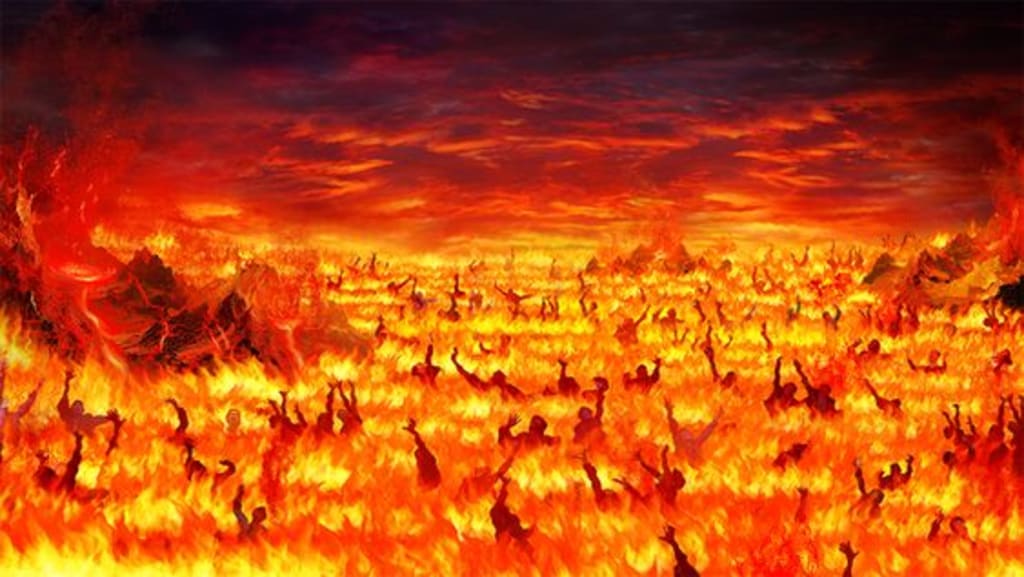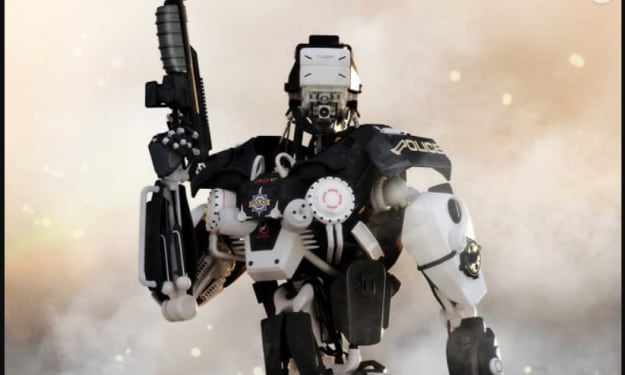
When considering the concept of Hell, the most common images that come to mind include fire, darkness, the color red, skeletons, demons, and Satan. These elements have come to define the location in film and popular culture. However, to understand how we arrived at this point, we must first examine the very idea of Hell itself. The concept of Hell or some kind of underworld has existed across a majority of religions and mythologies of different cultures. In this discussion, we will focus on Hell from the Judeo-Christian perspective.
Around the eighth century BC, the Hebrew Bible Old Testament referred to the afterlife as Sheol, a word that translates to grave or abode of the Dead. Sheol was described as a bleak, dark pit where the souls of all the dead lingered in a state of silent existence, awaiting an eventual bodily resurrection. The righteous would dwell in the presence of God, and the wicked would be cut off and suffer torment. In the early 1st century AD of the New Testament, Jesus described Hell as the eternal fire of Gehenna. Gehenna is an actual valley just outside the city of Jerusalem that was once used by Kings as a place for child sacrifice, then later as a garbage dump where the fires burned continuously. Jesus used this recognizable cursed location as an illustration of the final judgment of the wicked, where there would be weeping and gnashing of teeth. Gehenna is the permanent place where both the body and soul are reunited to spend eternity apart from God.
In many versions of the text, the word Hell is interchangeable with Gehenna. Later in the book of Revelation, it is written, "And the sea gave up the dead who were in it, death and Hades gave up the dead who were in them, and they were judged, each one of them according to what they had done. Then death and Hades were thrown into the lake of fire. This is the second death, the lake of fire." It is in these early biblical texts where a vast majority of the descriptors we associate with Hell originated. They are chock full of terrifying imagery, but a lot of the descriptions given are purposely vague and even contradictory at times. The laws of Hell do not make sense to us, and they are not supposed to. They are supposed to be more terrifying and soul-crushing than our mortal minds could comprehend. This vague imagery provided in the biblical text leaves room for interpretation.
Two artists who created their own interpretations of Hell and, by doing so, have had a major influence on the way we envision Hell today are Dante Alighieri and Hieronymus Bosch. In the early 14th century, Italian poet Dante first released his seminal work, the Divine Comedy. The philosophy of the epic poem is a mixture of elements from the Bible, Roman Catholicism, pathology, and Islamic and medieval tradition. The result is a poem written in the first person, describing the character Dante in his imaginative journey through the three realms of the Dead: Hell, Purgatory, and Heaven. In the first section of the poem, Hell is depicted as nine concentric circles within the earth, each progressively smaller and each representing an increase of wickedness where sinners are punished in a fashion befitting their crimes, culminating at the center of the earth where Satan is held in bondage.
In the late 15th century, early 16th century, Dutch painter Hieronymus Bosch brought Hell to life with his beautifully grotesque Hellscapes, first portrayed in the Last Judgment and later cemented in the Garden of Earthly Delights. These paintings were created during the Protestant Reformation when Christians began to interpret the Word of God for themselves as opposed to relying on the church as an intermediary. With this newfound independence, Bosch abandoned the Bible's version of Hell, which emphasized fiery punishment and destruction, and instead created an underworld battlefield teeming with horrifying surrealistic creatures who took pleasure in tormenting the frail sinners of humankind.
Since the introduction of film at the end of the 19th century, Hell has been a popular setting for its storytellers. These could be faith-based films that focus on Hell from a spiritual perspective, like the devastating isolation and darkness found in the Rapture, Satan's defeat in Passion of the Christ, and 1911's Dante's Inferno. Films have also focused on Hell from an emotional perspective. In this case, Hell helps guide the character to a place of introspection. When confronted with Hell, the characters are forced to examine their morals, desires, and sins in order to change. In Little Nicky and South Park, ruling Hell is a responsibility that neither Nicky nor Satan wants. In Bill and Ted's Bogus Journey, Hell is a personalized prison of Bill and Ted's worst fears. For a comedy, it's a surprisingly terrifying take on Hell where there's no escape from the manifestations of your mind's nightmares.
About the Creator
PDZICOX
Everyday articles.
The information on this page will help you learn more about mystery, news, facts, psychology, geography and more. We will provide the best resources for learning about these topics.






Comments
There are no comments for this story
Be the first to respond and start the conversation.